Review: Samsung Galaxy Note II for T-Mobile USA
Menus
The Note II runs Android 4.1 Jelly Bean, but you wouldn't know it thanks to the heavy TouchWiz user interface skin from Samsung. In practical terms, the Note II's user interface is identical to that of the Galaxy S III.
The lock screen, which can be unlocked by swiping in any direction, offers five customizable shortcuts. By default, those are to the phone, messaging app, Google search, email, and camera. Just touch the app you want to open, swipe it, and you'll go directly there. The notification bar is visible from the lock screen, so you know if you've got unread emails, messages, and other items waiting, and you can access notifications from the lock screen.
The Note II has five active home screens which can be packed with widgets, apps, shortcuts, contacts, and so on. The main app menu is a customizable set of grids. Apps can be deleted, hidden, shared, and so on. The grid holds five apps across and five apps down, making for a total of 25 on each page. It's a lot of apps to pack onto a single page. Thankfully, it is easy to make folders and store apps within to reduce the clutter in the app menu.
The drop-down notification shade has become a critical part of the UI. Not only does it allow you to triage your various missed calls, messages, and other notifications, it also allows you to toggle on/off all the radios and access the full settings menu. It also shows you how many voice minutes you've used, how many messages you've sent, and how much data you've consumed for the current billing period. That's cool — and specific to the T-Mobile variant. This feature isn't present on the AT&T model.
In terms of customization, there is plenty you can do to make the Note II yours. It has an "Easy Mode" and "Basic Mode" that let new smartphone owners ease their way into the Note II. The difference between the two modes is how the home screen panels are arranged and what widgets are placed on them. Of course, you can always adjust wallpapers, ringtones, alert sounds, and so on.
Performance of the Note II was fantastic across the board. Thanks to the speedy Exynos quad-core processor, the device had plenty of oomph for powering the various applications on the Note II's large screen. I didn't see any stuttering, lagging, or slow-downs of any kind. All of the applications I used opened in a blink and operated without issue. The newer-generation Exynos processor in the Note II easily outclasses the model in the original Galaxy Note (released late 2011). It's among the fastest processor's we've reviewed at Phone Scoop.
It worked just as well on the T-Mobile variant of the device as it did on the Sprint version — which is exactly what we expect.
Calls/Contacts
The phone app itself is more or less the stock version of the Android dialer. It's got a huge software dialpad, with tabs that run across the top for accessing the call history and contact groupings.
As with the GSIII, the Note II has an incredible array of options for the phone app. They are buried in the phone's settings tool. For example, you can turn on/off noise cancellation, as well as dial in your own preferences for volume, clarity, and warmth. Using these tools significantly improves in-call performance and boosts the device into "excellent" territory.
The contact app behaves more or less like the stock Android contact app. Features I liked include the different widgets for controlling and connecting with your contacts. For example, you can set a direct access shortcut on the home screen that includes the contact's most recent social network status update. There are also two different home screen widgets that collect your favorite contacts in one place on the home screen. The only difference is the size of the widget.
Messaging
As expected, the Note II offers the stock Gmail, email, SMS/MMS, Google Talk, Google+, and Google+ Messenger apps. Together with their associated widgets, they make an impressive arsenal for reaching out to and connecting with your friends, family, and colleagues.
The Note II also includes ChatON, Samsung's instant/text messaging application. Rather than send messages via SMS, it sends IMs as network data. ChatON natively syncs with your Google Talk contacts and the user interface is plain and simple enough to use. ChatON is a cross-platform application, meaning it will work on Android devices as well as iOS, Bada, BlackBerry, and Windows Phone.
On the social networking front, the native Twitter and Facebook apps are of course present, though Samsung's Social Hub is nowhere to be found.
The AT&T version includes a catch-all Instant Messaging app that supports AIM, Windows Live, and Yahoo Messenger.


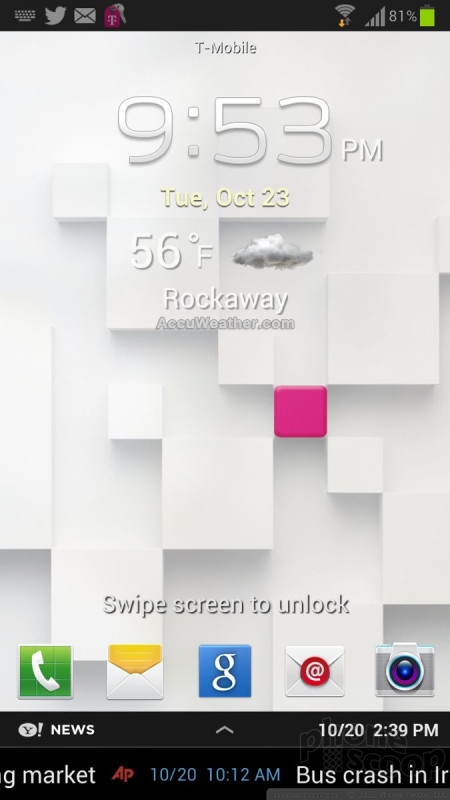







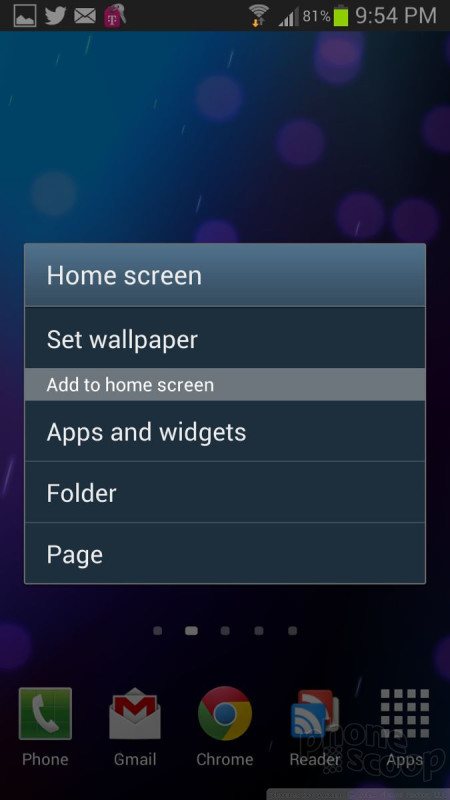






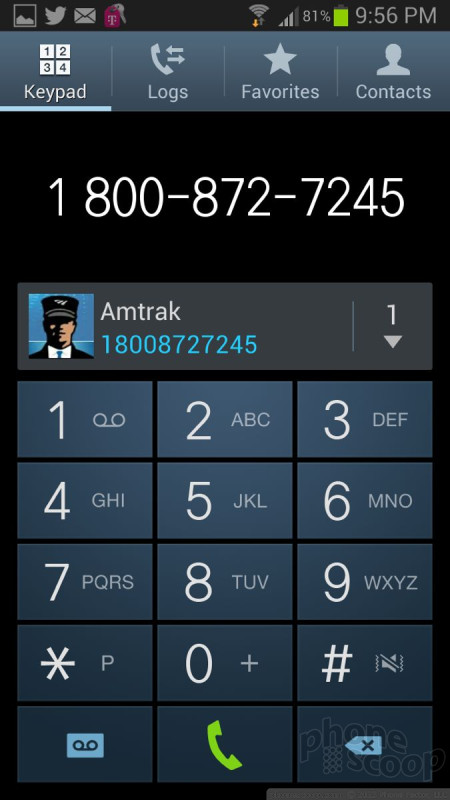





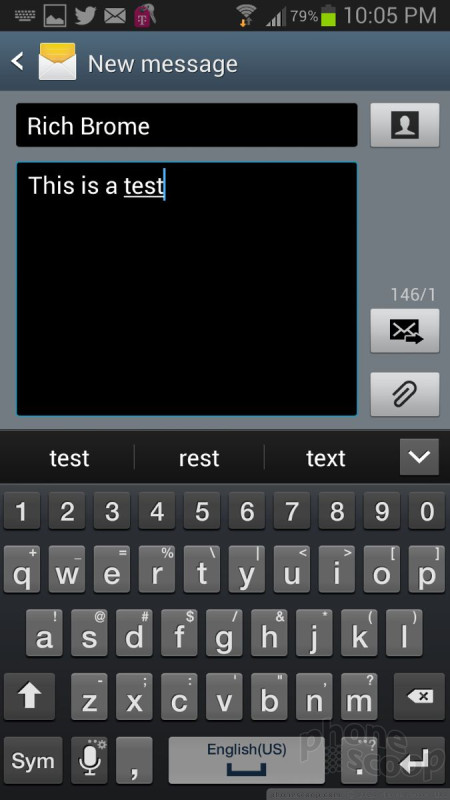






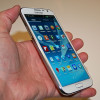 Hands-On: Samsung Galaxy Note II
Hands-On: Samsung Galaxy Note II
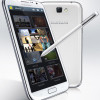 Samsung Reveals Galaxy Note 2, Plans U.S. Version
Samsung Reveals Galaxy Note 2, Plans U.S. Version
 Samsung Debuts GamePad for Android Phones
Samsung Debuts GamePad for Android Phones
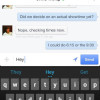 Facebook Home and Updated Messenger Hit Android
Facebook Home and Updated Messenger Hit Android
 Samsung Galaxy Note II (GSM)
Samsung Galaxy Note II (GSM)



